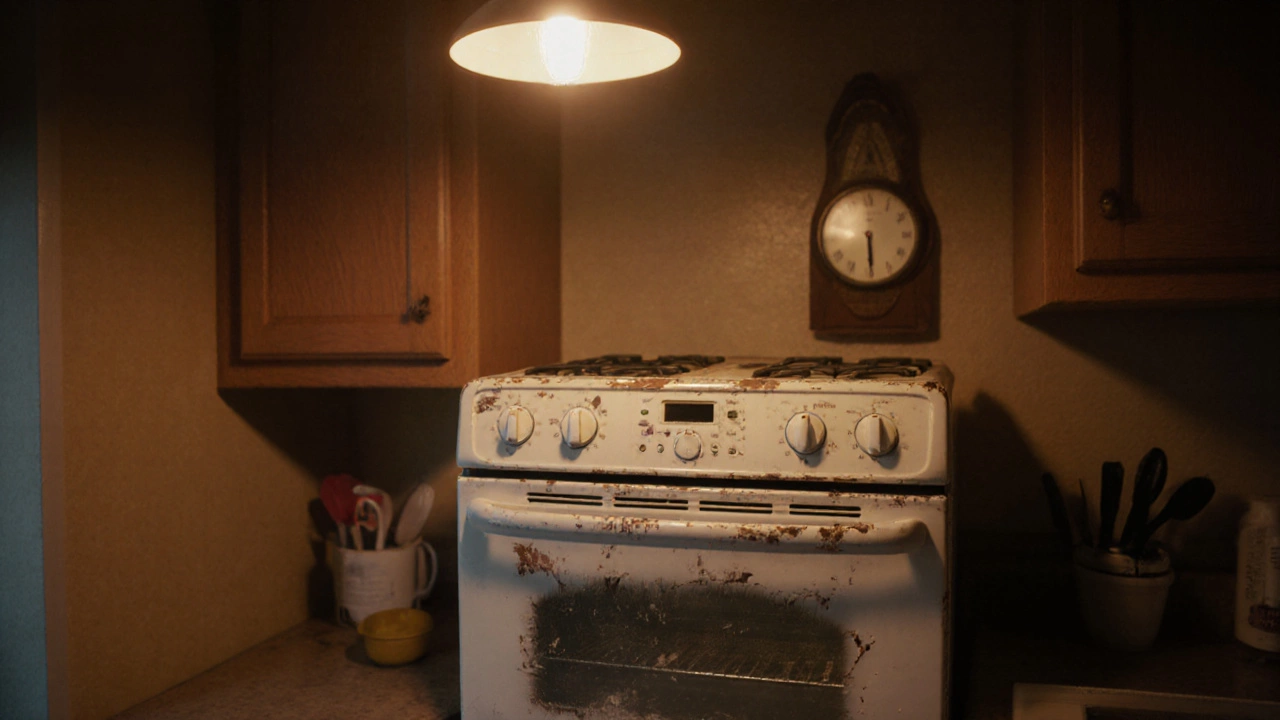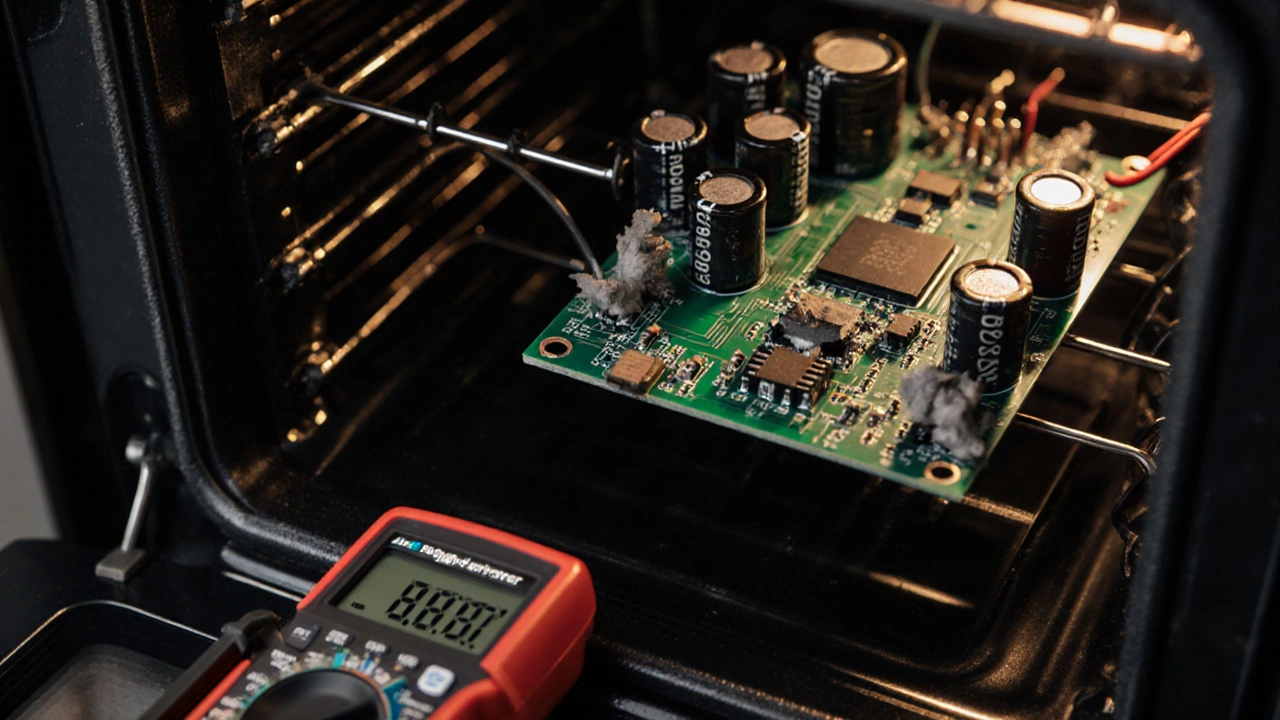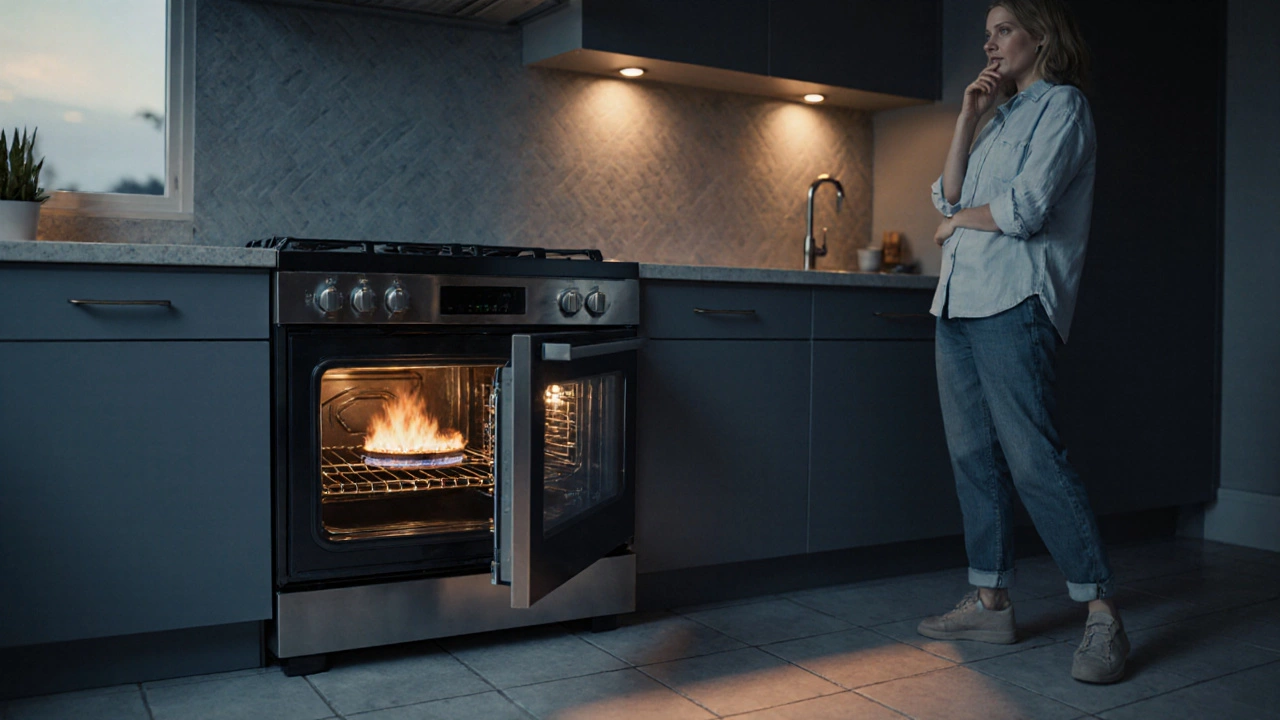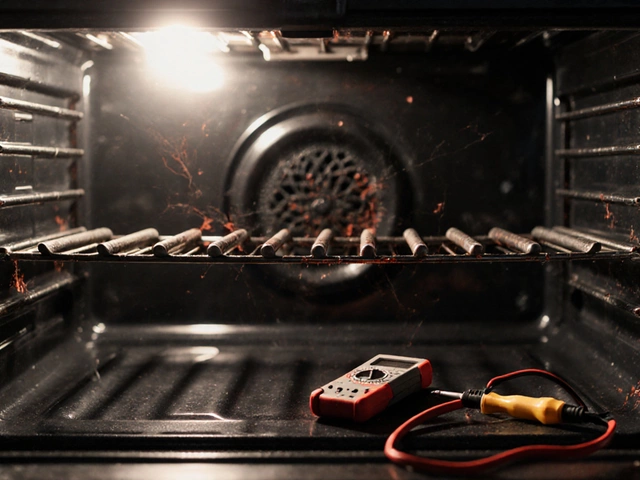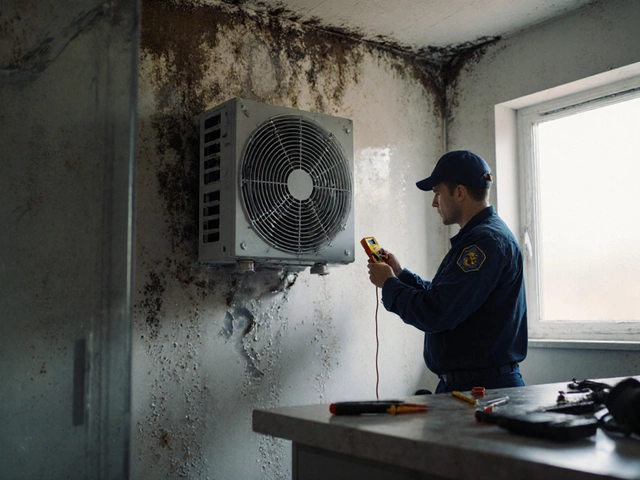Oven Repair vs. Replacement Calculator
Your Oven Details
Recommendation
When a oven is a kitchen appliance that uses heating elements to bake or roast food, reaching the 20‑year mark often feels like a milestone. The big question that pops up is whether you should keep pouring money into that old unit or finally say goodbye and buy a new one.
Key Takeaways
- Typical repair bills for a two‑decade‑old oven range from $150 to $400; a comparable new model can cost $700‑$1,200.
- Safety hazards (like wiring wear or gas leaks) rise sharply after 15years, making replacement a sensible choice for many households.
- Energy‑efficiency gains in modern ovens can offset the upfront cost, saving $30‑$70 per year on electricity or gas.
- Use the decision checklist below to weigh repair versus replacement based on cost, usage, and future plans.
- If you opt for repair, hiring a qualified technician and asking for a written estimate is essential.
1. Why Age Matters for an Oven
Appliances follow a predictable wear curve. Most manufacturers quote a lifespan of 12‑15years for standard ovens. After 20years, you’re looking at three key issues:
- Component fatigue: Heating elements, thermostats, and control boards lose efficiency.
- Parts availability: Older models often use discontinued components, driving up the repair cost.
- Safety standards: Modern ovens meet stricter fire‑rating and gas‑leak regulations.
2. Common Failure Points in a 20‑Year‑Old Oven
Knowing what typically breaks helps you estimate how expensive a fix might be.
- Heating element burnout - $50‑$120 for part + labor.
- Thermostat or temperature sensor failure - $30‑$80.
- Control board glitches - $150‑$300, often requiring a refurbished unit.
- Gas valve or ignition module issues (for gas ovens) - $100‑$250, plus a safety inspection.
- Door gasket wear - $20‑$50, but a cracked gasket can cause heat loss and uneven cooking.
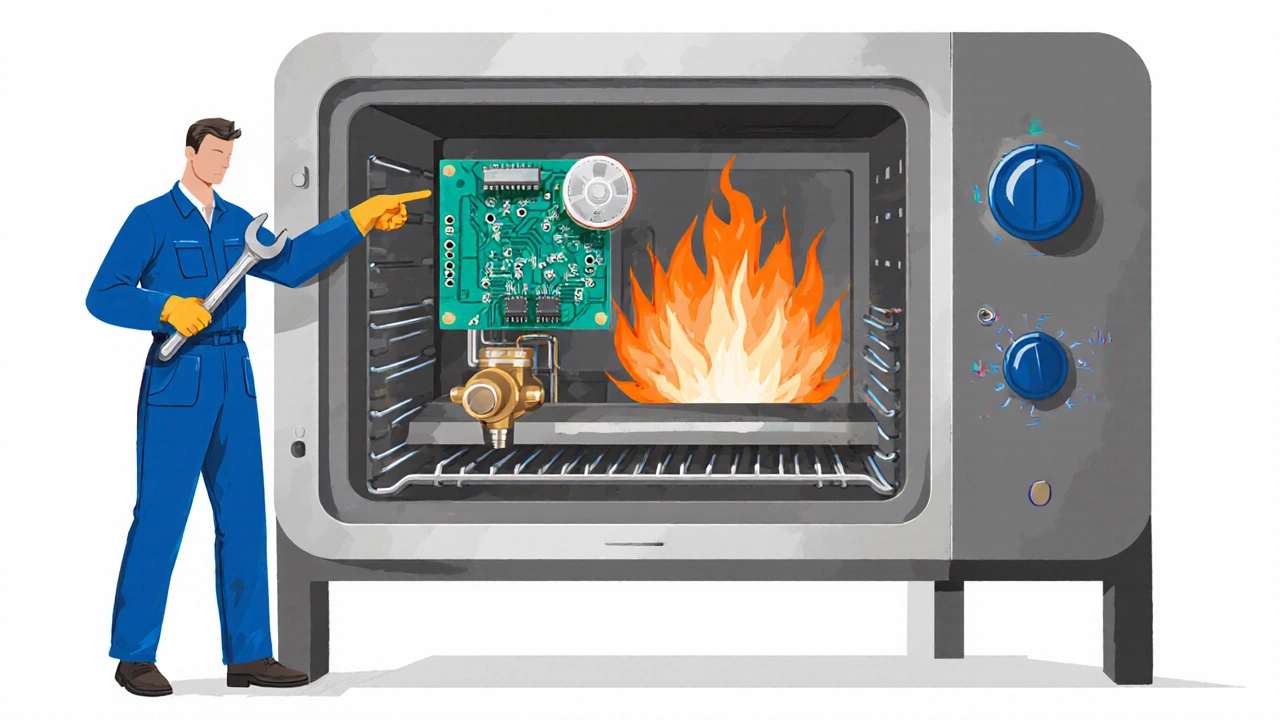
3. Repair vs. Replace: A Cost Comparison
The numbers below assume a mid‑range electric oven. Adjust for gas models or premium brands accordingly.
| Factor | Repair | Replace |
|---|---|---|
| Average upfront expense | $150‑$400 | $700‑$1,200 |
| Energy efficiency rating (EER) | ~70% of modern units | 90‑95% (often Energy Star) |
| Expected lifespan after action | 5‑7years | 12‑15years |
| Potential safety risk | Medium - older wiring, gas leaks | Low - built‑to‑current codes |
| Annual operating cost difference | $15‑$30 more than new | Baseline |
Even though the repair price looks tempting, the lower efficiency and shorter remaining life can add up. Over five years, the extra energy bill plus another possible repair often exceeds the price gap.
4. Safety and Energy‑Efficiency Considerations
Two non‑financial factors tend to tip the scales toward replacement.
- Safety: Older wiring insulation can become brittle, increasing fire risk. Gas models may develop cracked valves that leak, a hazard that’s hard to detect without professional tools.
- Energy efficiency: New ovens use convection fans, better insulation, and precise temperature control, which can shave 10‑20% off utility bills.
If you’re cooking for a family of four, those savings are real - roughly $40‑$70 per year, enough to pay for a new oven in 8‑12years.
5. Decision Checklist - Repair or Replace?
Use this quick list to see where you land.
- Is the repair estimate under $300 and does it cover a single component (e.g., element or thermostat)?
- Will the oven be used intensively (daily baking, large meals) for the next 3‑5years?
- Do you have a reputable technician who can guarantee the fix for at least a year?
- Are there known safety recalls for your model?
- Does the oven still meet current energy‑efficiency standards?
If you answer “yes” to most of the above, repair makes sense. If any answer raises a red flag-especially safety or efficiency-start looking at replacement options.
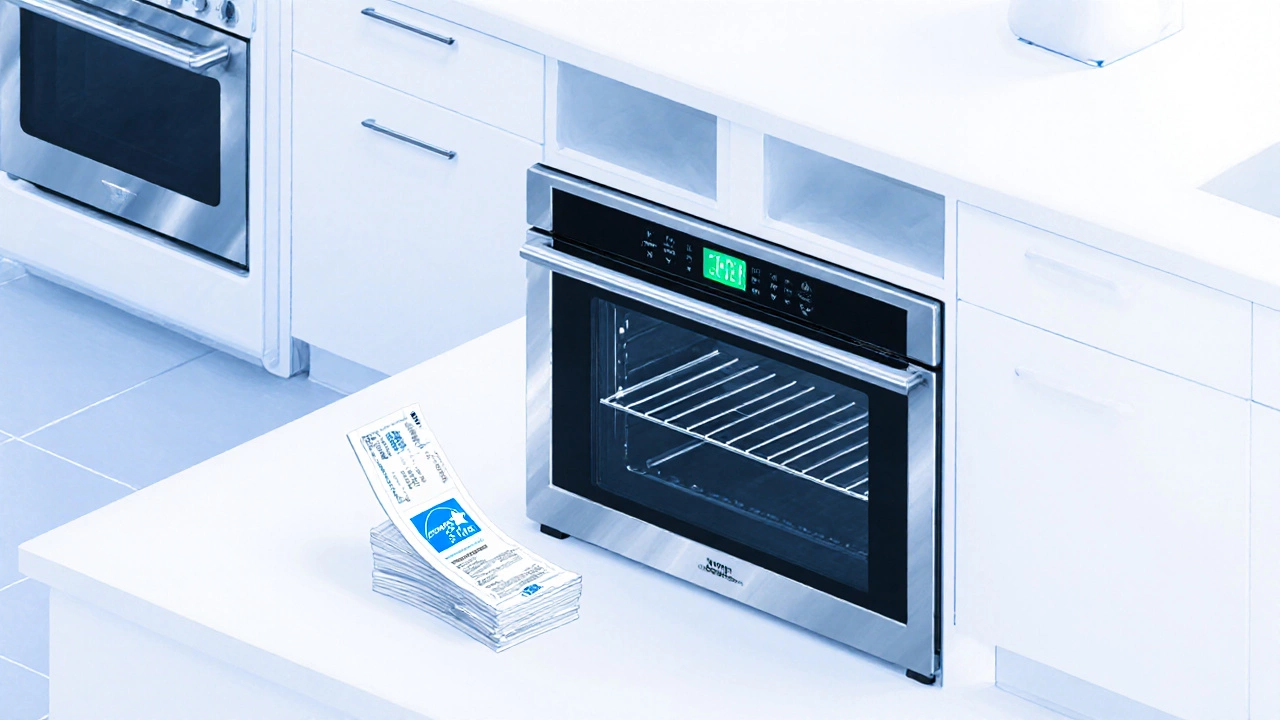
6. DIY vs. Professional Repair
Attempting a fix yourself can save $50‑$150, but only if you have the right tools and knowledge.
- DIY suitable for: Replacing a burnt element, swapping a door gasket, cleaning fan blades.
- Professional needed for: Gas valve work, control board replacement, wiring repairs, any task involving the oven’s electrical panel.
Remember, voiding the manufacturer’s warranty (if any remains) or violating local building codes can cost more in the long run.
7. How to Choose a Reliable Technician
Even if you decide to repair, the right pro makes all the difference.
- Check for a valid license and insurance.
- Ask for a written estimate that breaks down parts, labor, and any warranty on the repair.
- Read recent reviews on platforms like Google or Angi; look for comments about timeliness and honesty.
- Confirm they use OEM (original equipment manufacturer) parts unless you explicitly agree to aftermarket components.
- Prefer techs who offer a follow‑up check within 30days-this signals confidence in their work.
8. Next Steps - What to Do Today
Grab a pen and run through the checklist. If repair looks viable, call two local technicians for quotes. If the numbers or safety concerns push you toward a new unit, start browsing Energy Star certified ovens and compare features like convection, smart controls, and self‑cleaning cycles.
Either way, don’t postpone the decision; a malfunctioning oven can turn a simple dinner into a fire hazard or an expensive utility bill.
Frequently Asked Questions
What is the average lifespan of a modern oven?
Most manufacturers rate ovens for 12‑15years of regular use. With proper maintenance, some can stretch to 20years, but efficiency and safety start declining after the first decade.
Can I replace just the heating element myself?
Yes, swapping an electric heating element is a common DIY task. Turn off power at the breaker, remove the old element, and install the new one according to the manufacturer’s diagram. If you’re unsure about wiring, call a professional.
How much can I save on energy by buying a new oven?
A new Energy Star oven can be 10‑20% more efficient. For a typical household that spends $150‑$200 a year on oven electricity or gas, that translates to $15‑$40 in annual savings.
When should I consider replacing a gas oven instead of repairing it?
If the gas valve, igniter, or internal gas piping shows signs of wear, or if a certified technician quotes more than $300 for those parts, replacement is usually safer and more cost‑effective.
Do older ovens pose a fire risk?
Yes. Wiring insulation can degrade, and thermal fuses may fail. A thorough inspection by a qualified technician can identify fire‑hazard conditions before they become dangerous.
